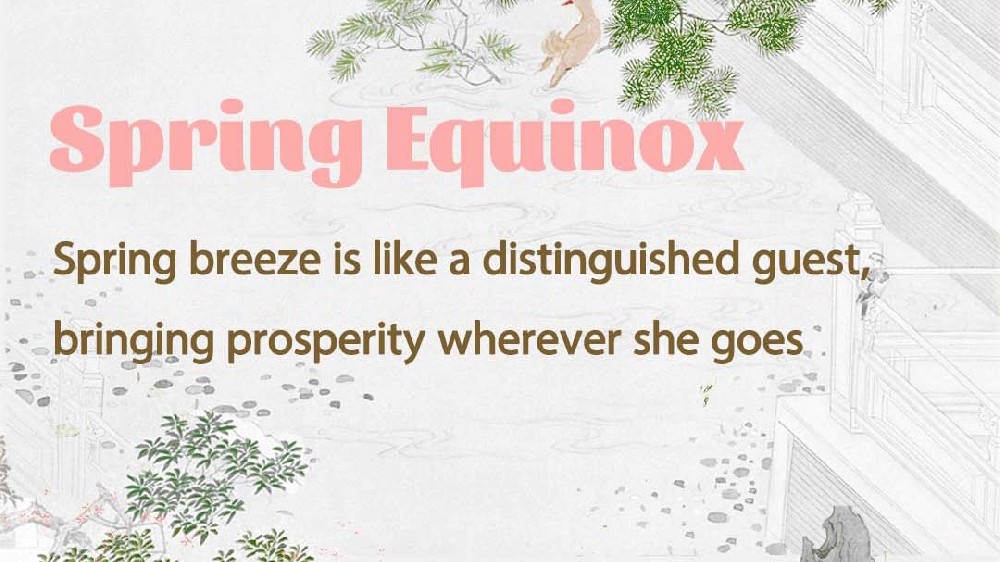Heritage Grid | The Mountain Resort of Chengde: Where Geography Became Destiny
In the summer of 1860, as Anglo-French troops advanced on Beijing, Emperor Xianfeng fled 230 kilometers north to a secluded valley compound. From a chamber named Yanbo Zhishuang (烟波致爽, “Mist and Waves Bring Coolness”), he ratified the Convention of Peking—a decision that reshaped modern China’s borders. The room’s poetic name belied its role in geopolitical tragedy, yet this paradox defines Chengde’s Mountain Resort (Bishu Shanzhuang): a site of leisure and diplomacy where the Qing dynasty’s brightest triumphs and darkest defeats unfolded.

Nestled along the Wulie River in northern Hebei, Chengde was no accidental refuge. Kangxi Emperor chose it in 1703 after discovering its microclimate—cool summers, forested slopes, and hot springs—while en route to the Mulan hunting grounds.
For the Manchu rulers, this was a landscape of dual purpose: a summer escape from Beijing’s swelter, and a geopolitical pivot point bridging the Central Plains, Mongolian steppes and Manchuria.
The resort’s 5.64 km² expanse (twice the size of Versailles) deliberately mirrored China’s sacred geography:
The Northwest Mountains (75% of the area) evoked Xinjiang and Xizang’s rugged terrain.
The Southeast Lakes recreated Jiangnan’s water gardens, with islands named Moonlight and River Sound.
The Northern Plains hosted Mongolian yurts where Qianlong received Torghut leader Ubashi after his exodus from Russia in 1771.
Unlike the Forbidden City’s vermilion grandeur, Chengde’s palaces embraced rustic elegance: grey bricks, unpainted timber, and stone-slab roofs harmonized with the wilderness. This aesthetic, Kangxi proclaimed, embodied Confucian-Buddhist ideals of “harmony between human and nature”.

The true masterstroke lay beyond the walls. Dotting the northeastern hills, the Outer Eight Temples (外八庙, Waibamiao) served as diplomatic enclaves:
Puning Temple (1755) replicated Xizang’s Samye Monastery, affirming Qing patronage after defeating the Dzungars.
Putuo Zongcheng (1771), a miniature Potala Palace, used to host Lamas for reciting scriptures.
Xumifushou Temple (1780) fused Han, Tibetan and Uyghur styles for the visit of the sixth Panchen Lama.
Gilded copper tiles glittered on these temples—a deliberate contrast to the resort’s austerity, visually manifesting the Qing’s “multipolar soft power”.
From 1703–1820, emperors spent half of each year at Chengde, making it a de facto summer capital. Its “simple” halls witnessed epochal events:
1793: Qianlong received Britain’s Lord Macartney (who refused to kowtow) in the Wanshu Yuan garden.
1820: The emperor Jiaqing died suddenly in Danbo Jingcheng Hall.
1860–61: Xianfeng’s death here precipitated Empress Dowager Cixi’s coup, the Xinyou Coup.
This legacy earned Chengde its epithet: “Half the Qing Dynasty’s history lies within these hills”.
Post-1861, Chengde decayed as Qing power waned. Temples were ransacked during the Boxer Rebellion, and Japanese occupation damaged gardens. Its 1994 UNESCO listing sparked a $95 million restoration (2010–present), reviving structures like the Potala replica’s golden roofs.
Today, as mass tourism strains the site, its deeper value endures.
Walking Chengde’s paths—from Jiangnan-style pavilions to Mongolian grasslands—one treads more than scenic beauty. This is where a vast continental empire visualized itself, quite literally, as a unified ecosystem. In an age of rising borders, its stones remind us that landscapes can be bridges, not walls.

